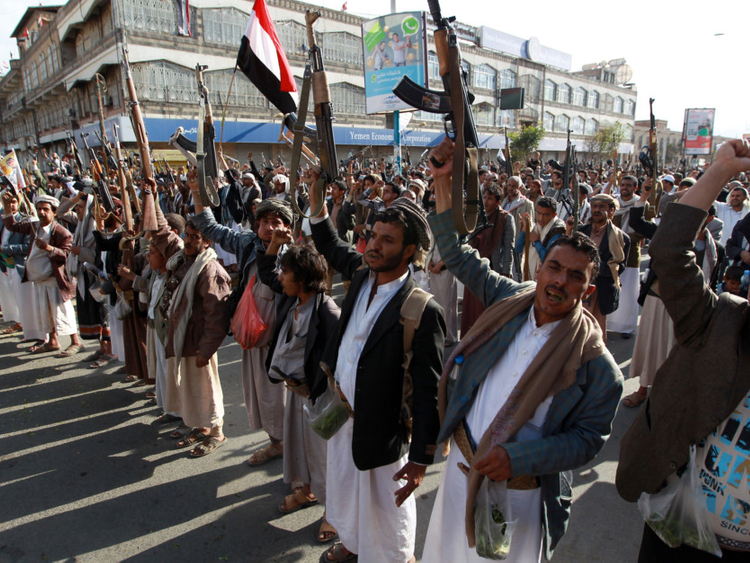Riyadh: Defence spending in the Middle East and North Africa will start to grow again this year after dipping as oil prices slumped, IHS Jane’s analysts said in a report on Monday.
The region’s defence spending is expected to rise to $180 billion by 2020, according to the report. Military outlays peaked at $160 billion in 2014 and declined last year as the states of the Gulf faced a fiscal crunch. Conflicts show few signs of ending, with government forces backed by Russia on the offensive in Syria’s more than five-year war, Saudi Arabia leading a coalition against rebels in Yemen, and Iraq preparing to launch a campaign to oust Daesh militants from their stronghold of Mosul.
“As the US pivots towards Asia and as sanctions lift on Iran, we are seeing a more proactive stance from states in the Middle East, and defence budgets are likely to rise in the five-year outlook,” Craig Caffrey, principal analyst at IHS Jane’s Defence Budgets, said in the report.
Saudi Arabia, the world’s largest oil exporter, is expected to increase defence spending to $52 billion by 2019 from $48 billion last year, the report said. The kingdom posted a budget deficit of nearly $100 billion in 2015 but its defence budget is “still one of the biggest in the world,” Caffrey said. “Saudi Arabia is expected to be spending more on defence than France and Russia by the end of the decade.”
The United Arab Emirates is expected to lift defence spending to more than $20 billion by 2020, and Qatar will likely raise its outlays to $5.5 billion by the same year, the report said. Defence budgets are expected to decline over the next five years in Iraq, Oman and Bahrain, it said.












